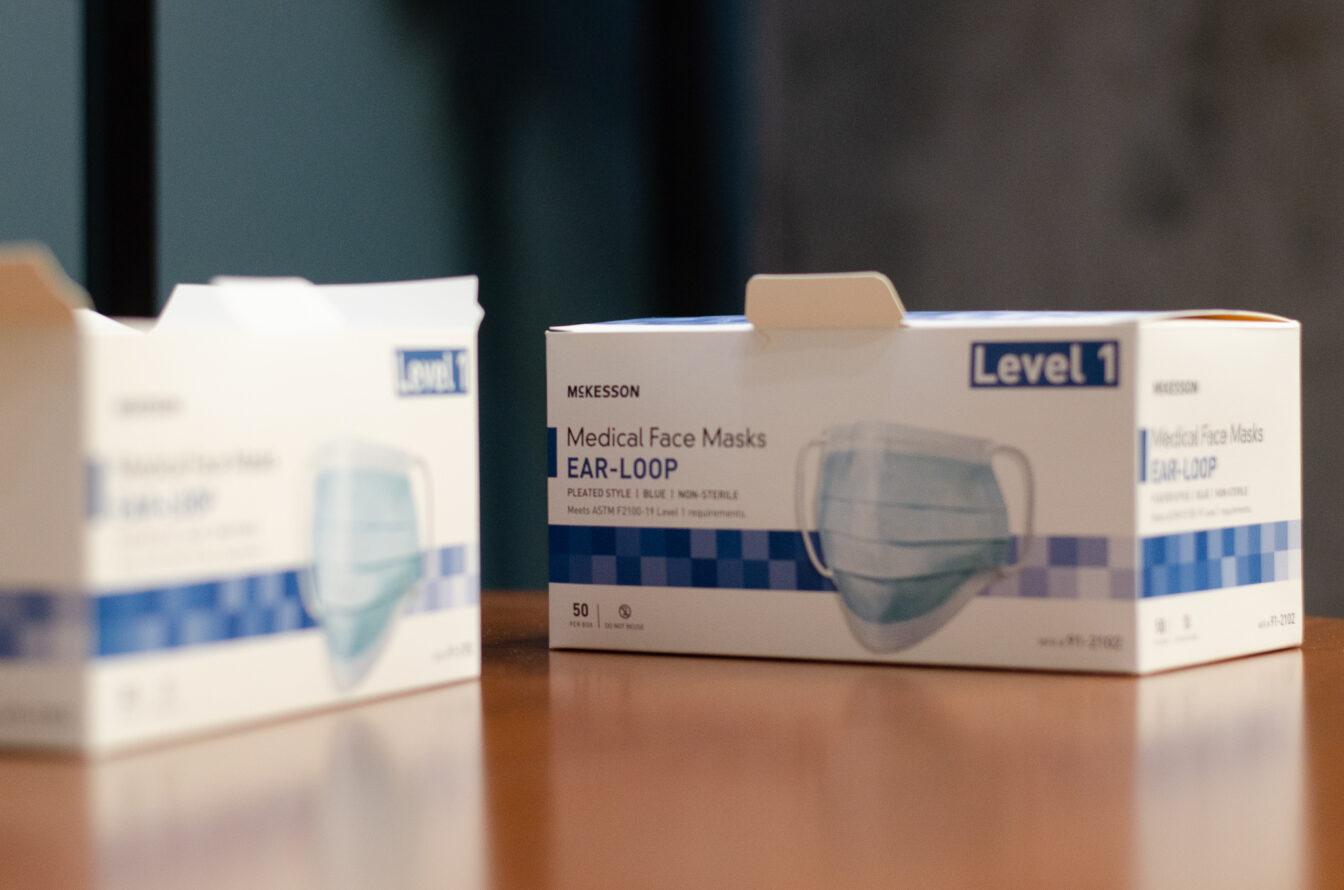The University of Wisconsin Hospital has begun participating in a national initiative requiring all doctors, nurses and visitors to the intensive care unit to wear gloves and gowns while in the wing.
The participation came as part of a nationwide study carried out by the Agency for Healthcare Research and Quality. UW Hospital, as part of the study sponsored by the Centers for Disease Control and Prevention, is gloving and gowning every non-patient, regardless of whether a current infection is present.
While doctors and nurses have usually taken similar precautions in the past, the status quo has been to wear gloves and gowns specifically around a patient who is known to have a certain type of infection.
Other hospitals are requiring the extra precaution of gloves and gowns only around patients who are known to be carrying an infection from one of three specific strains, according to the study.
UW Hospital is one of 20 hospitals participating in the study, called Benefits of Universal Glove and Gowning.
UW’s intensive care unit, a trauma and life support center in the hospital, took up the new gloving and gowning practice last October and will continue it until September, according to Nasia Safdar, an infection control specialist at UW Health and professor of infectious diseases at UW.
In September, she said, researchers at University of Maryland will compile and analyze the data to see if there was a significant decrease in infection prevalence.
She added the practice will become standard if using gloves and gowns as a preventative measure of infection transmission proves advantageous.
“If a benefit is found, the ICU would see a major improvement,” Safdar said.
Safdar added it has become a common practice for doctors and nurses in the UW intensive care unit, with many diligently abiding by the new rule of gloves and gowns. Patients in this unit are the ones most at risk and susceptible to infections, making it a perfect stage to gauge the preventative scope of the measure, she said.
“It has become part of the workflow,” Safdar said. “We don’t see anyone who is not doing it. There is no one who is not willing to comply.”
Because of this collective effort, the extra couple minutes of putting the items on and taking them off seem negligible, according to Safdar. However, the extra usage of gowns has added to laundry expenses, and extra glove usage increases the amount the hospital spends on latex gloves, she said.
The unit at the UW Hospital sees approximately 175 patients per month, with about 15-20 percent of them often carrying an infection, according to Safdar.
The research will also examine whether implementing a universal glove and gown requirement will decrease the amount of time physicians actually spend with patients, according to the study.
Overall, Safdar said she is excited about the study and its prospects.
“It’s very exciting; I think it has tremendous potential to be effective,” Safdar said.













